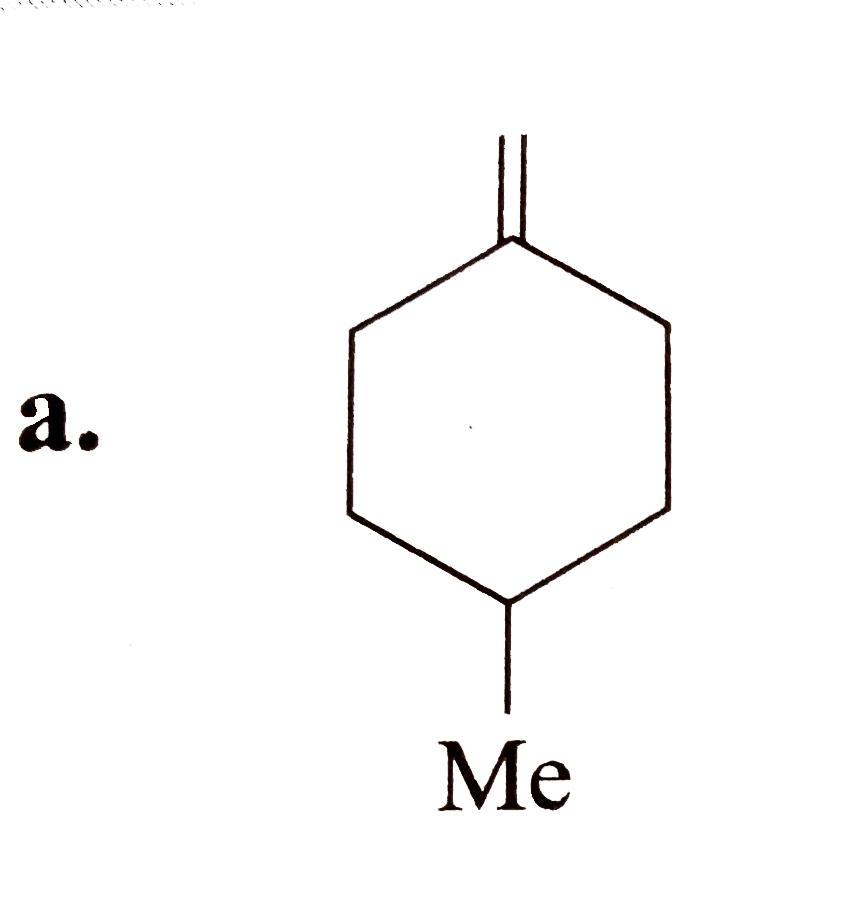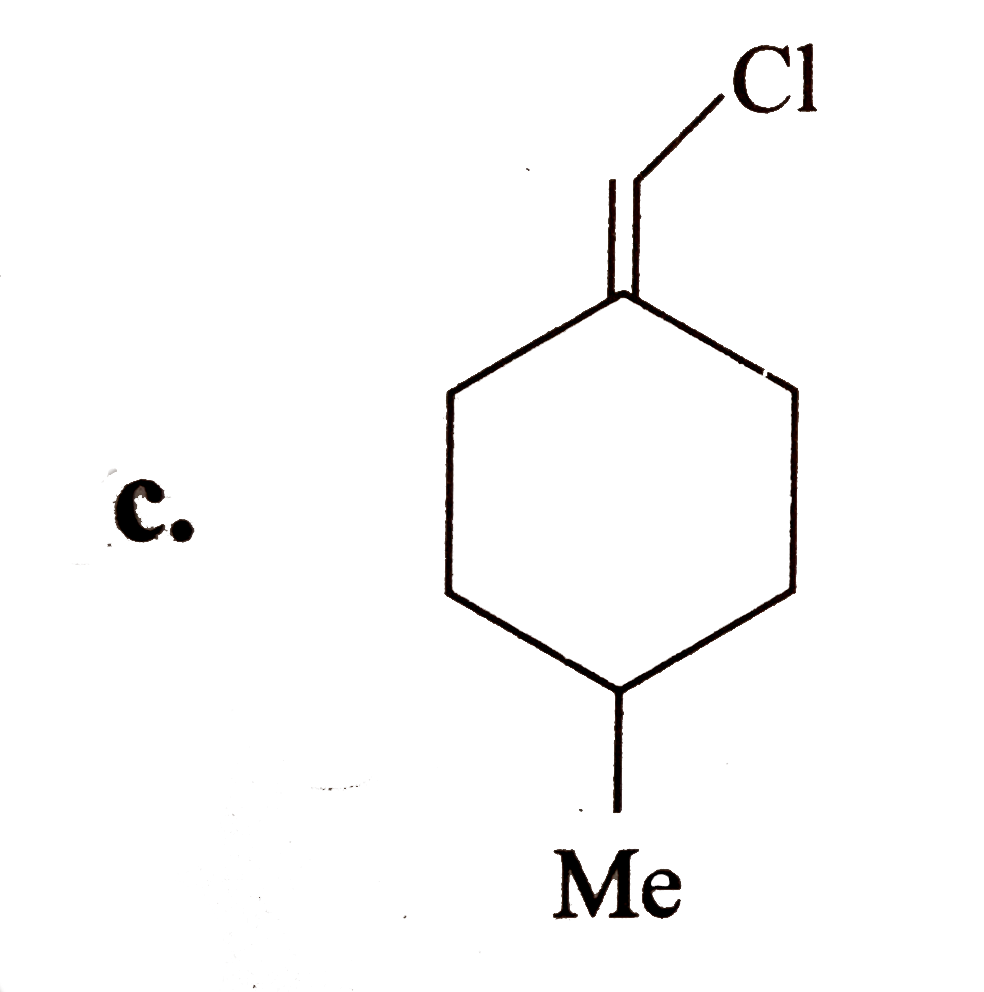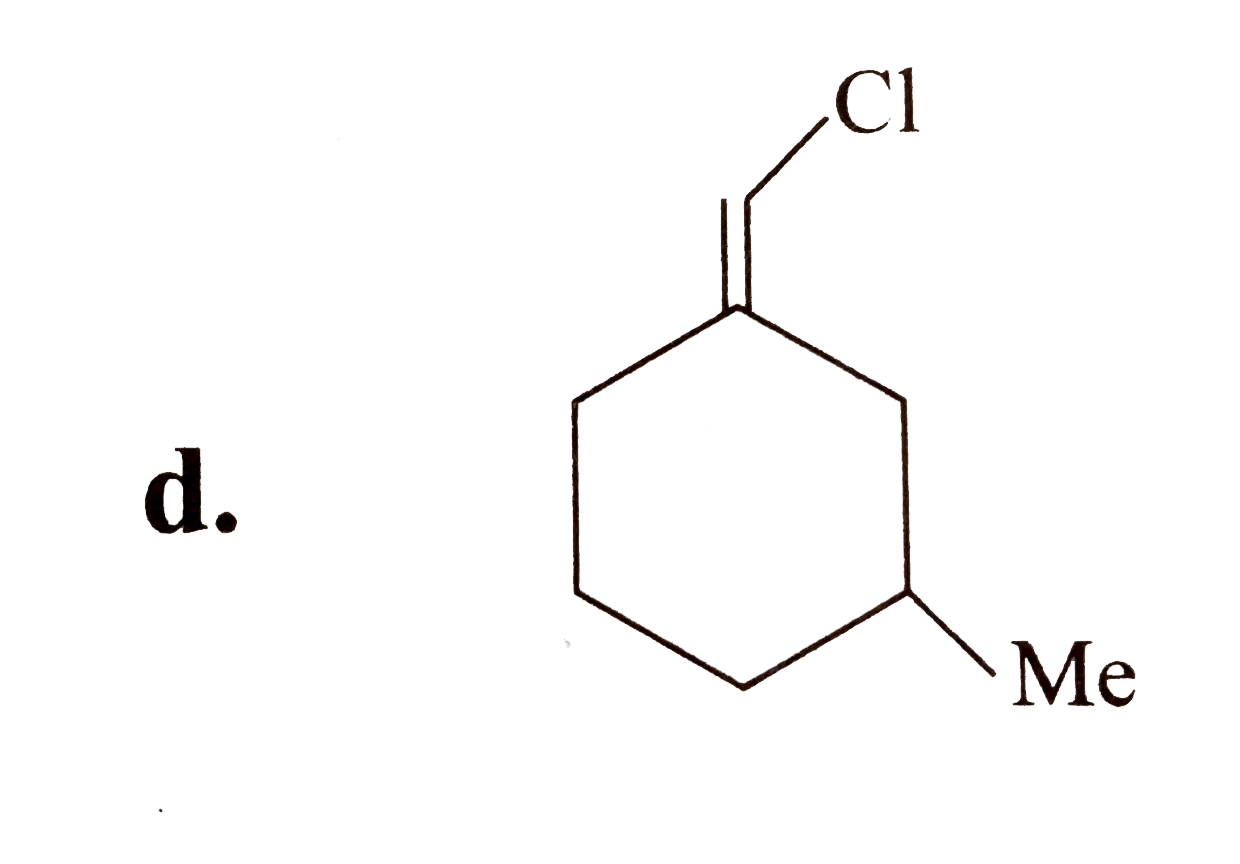All of the following are indicative of the general approach to be followed for EVS in primary classes except from
A. concrete to abstract.
B. simple to complex.
C. local to global.
D. abstract to concrete.
A
Only B
B
Only D
C
A and B
D
B and C
Video Solution
Text Solution
The correct Answer is:B
Among the given approaches, the exception is abstract to concrete as because all other are indicative of the general approach that has to be followed for EVS in primary classes. Concrete to abstract, simple to complex, local to global are the basic indicative approaches followed during Environmental Studies.
|
Similar Questions
Knowledge Check
All the following facts indicate that a child is emotionally and socially fit in a class except
Adevelop good relationships with peersBconcentrate on and persist with challenging tasksCmanage both anger and joy effectivelyDconcentrate persistently on competition with peersAll the following facts indicate that a child is emotionally and socially fit in a class except
Adevelop good relationships with peersBconcentrate on and persist with challenging tasksCmanage both anger and joy effectivelyDconcentrate persistently on competition with peersObserve the following figure indicating the male reproductive system of frog. Identify A,B, C and D
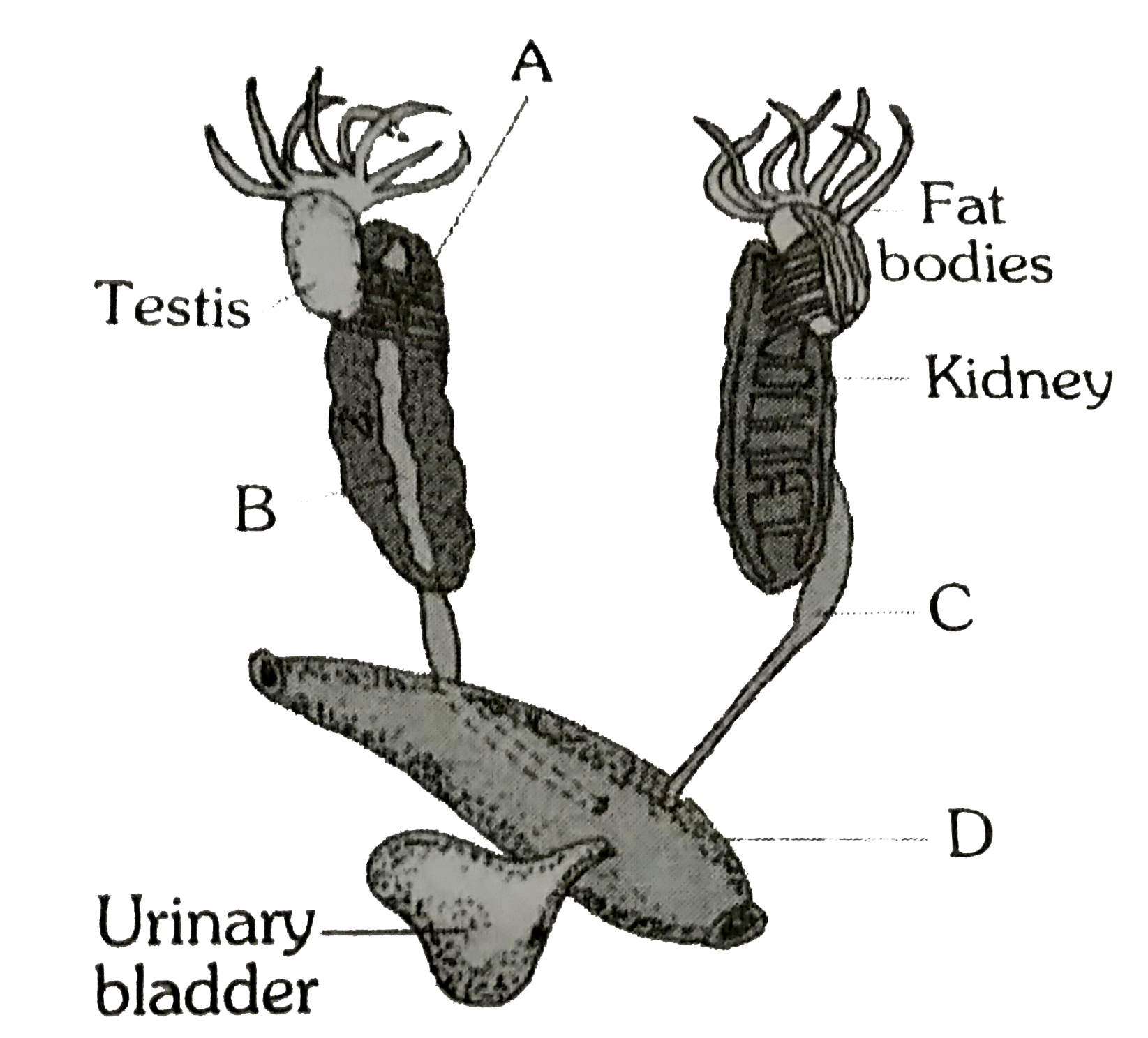 AABCDVasa efferentiaThyroid glandUrinogential ductCloacaBABCDVase efferentiaAdrenal glandUrinogential ductCloacaCABCDBidder's canalAdrenal glandUrinogential ductCloacaDABCDBidder's canalAdrenal glandUrinogential ductRectum
AABCDVasa efferentiaThyroid glandUrinogential ductCloacaBABCDVase efferentiaAdrenal glandUrinogential ductCloacaCABCDBidder's canalAdrenal glandUrinogential ductCloacaDABCDBidder's canalAdrenal glandUrinogential ductRectum
Which of the following is/are the most effective resource for EVS learning?
A. Family members
B. Members of the community
C. Newspapers
D. Classroom
View SolutionWhich of the-following are primary sex organs?
A. Scrotum
B. Vagina
C. Testes
D. Ovary
View SolutionSeet the following figures and identify the type of simple tissue indicated by A, B, C and D
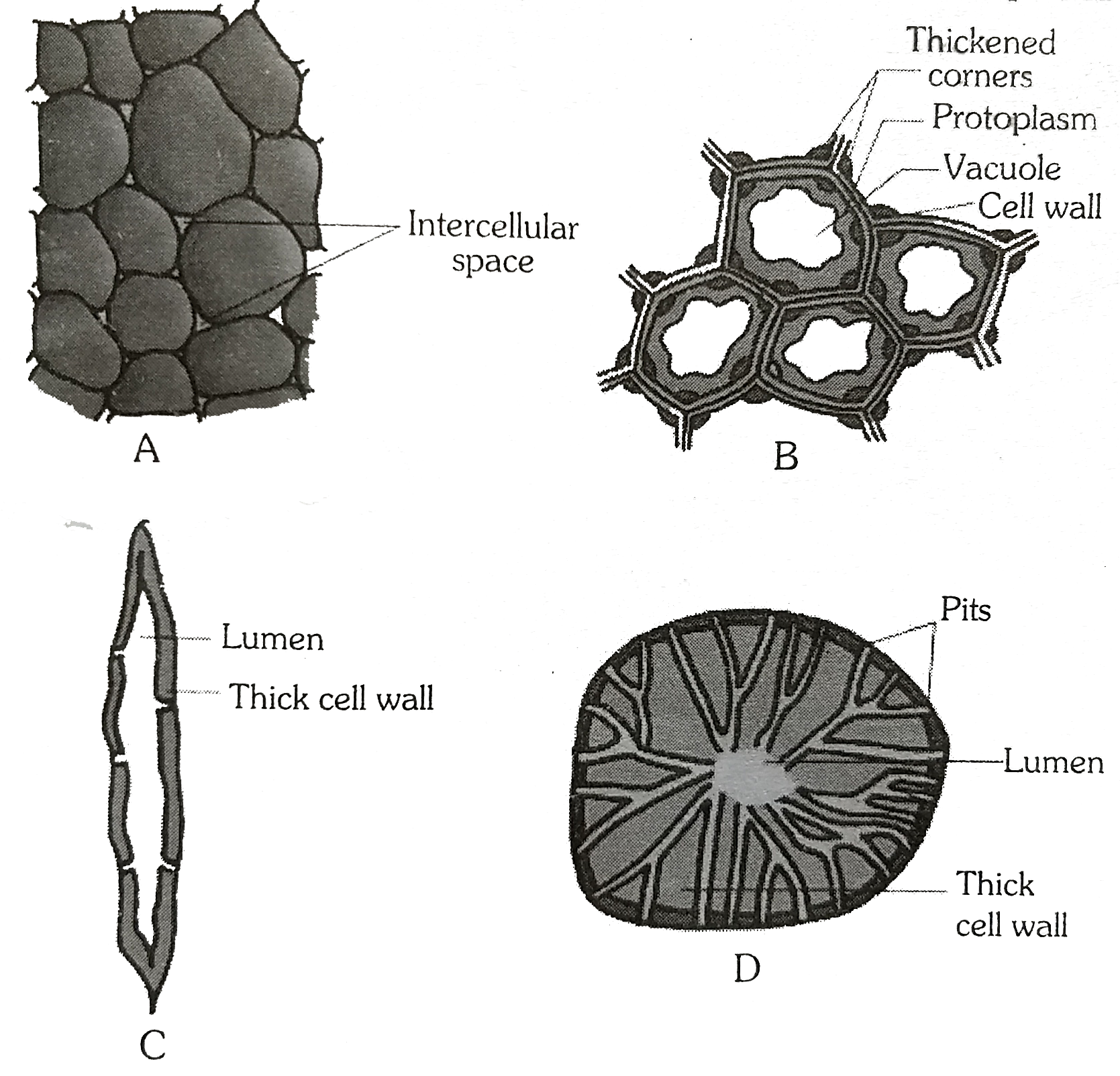
View SolutionFrom B2H6, all the following can be prepared except
View SolutionWhich of the following is/are tools and techniques of assessment in EVS at primary level?
A. Project work
B. Field trip
C. Journal writing
D. Concept mapping
View Solution

